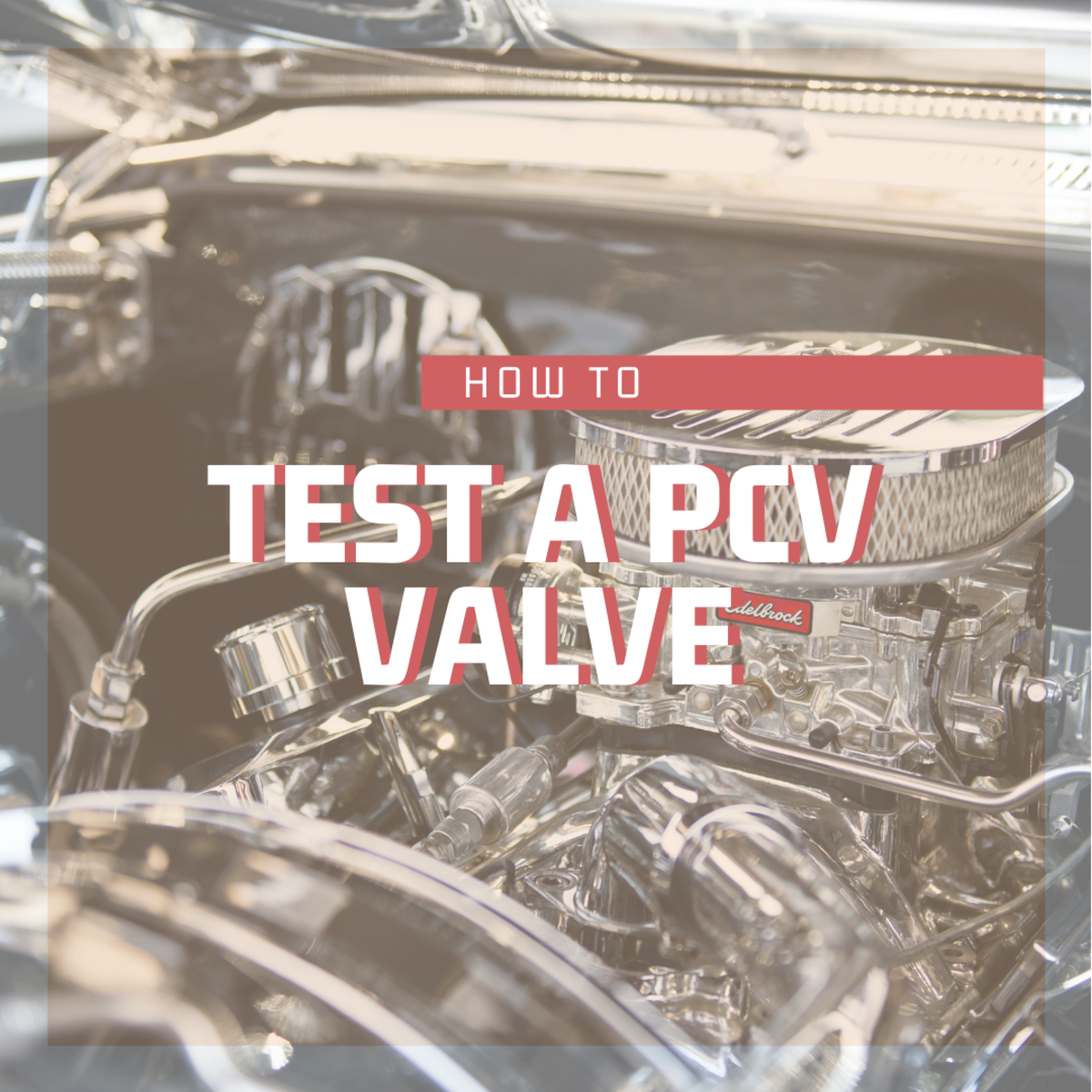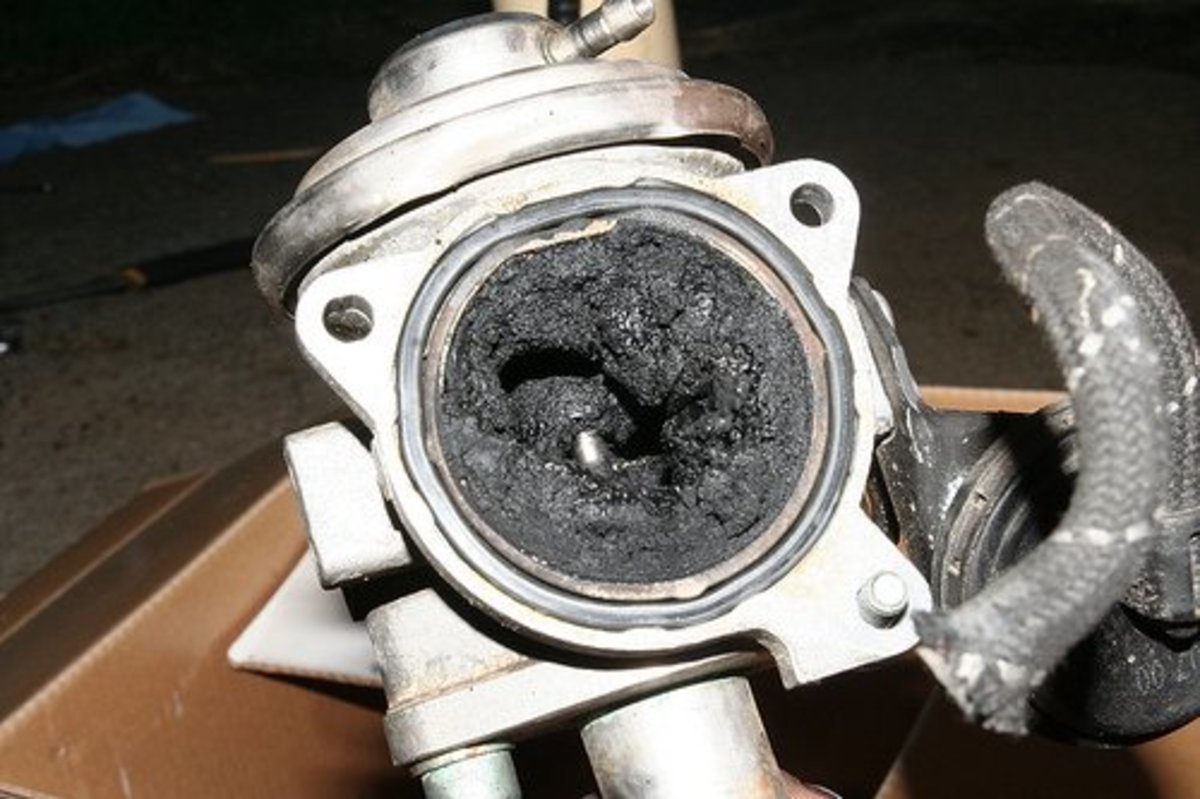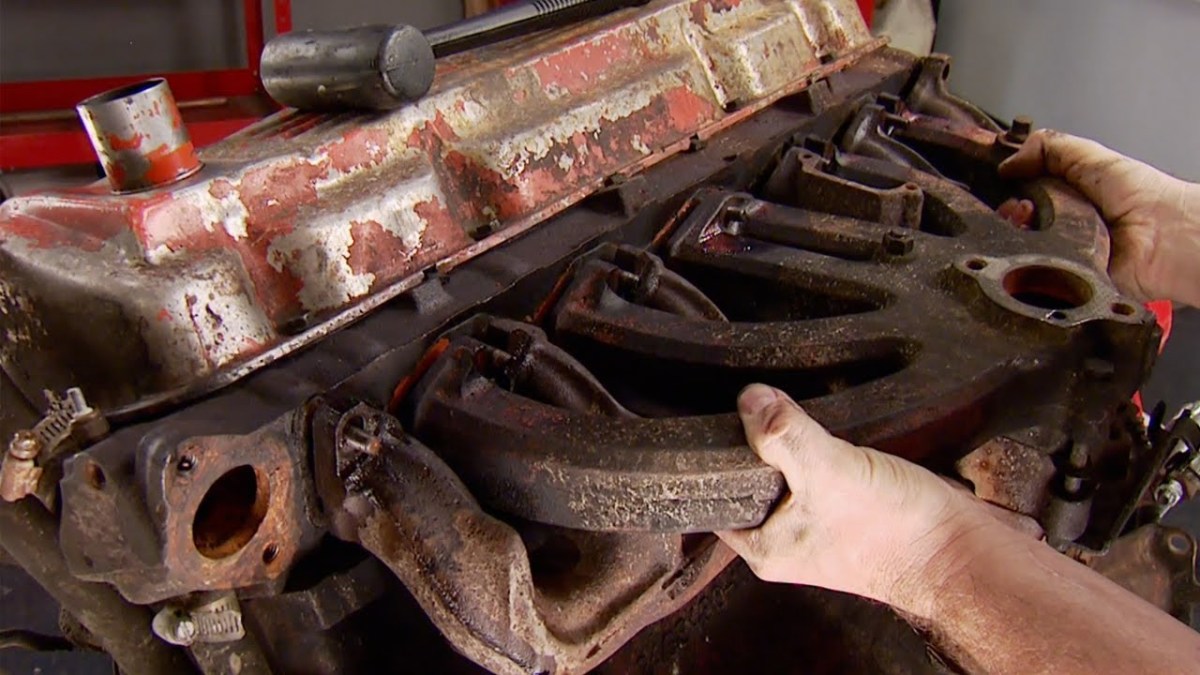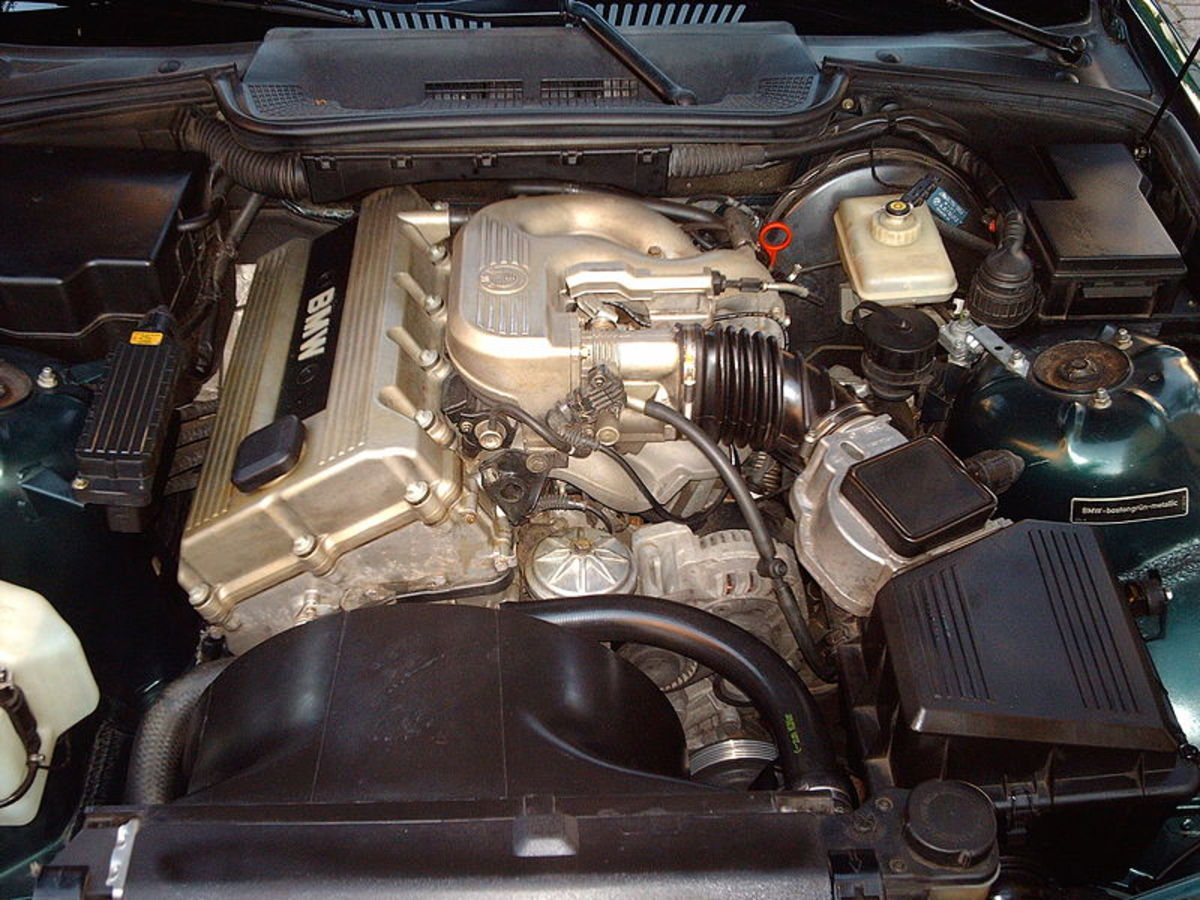How to adjust engine valve clearances.
Modern efficient motors need the valve clearance to be spot on and this is crucial to their operation. A wide valve clearance will make an audible ticking sound if it is wrongly set by even a few thousandths of an inch. If you can hear it, it is doing damage.
A valve clearance that is too small will lead to serious internal damage of the motor in time. If a valve clearance is too tight the motor will lose power when warmed up to operating temperature and start to misfire.
I still see mechanics today who have no idea how to adjust tappets or replace shims. I wonder how they got certification, but sadly this is not unusual.
With racing motors you need to allow a wider clearance to ensure the extreme heat does not result in zero clearance under extreme conditions, but it is only a couple of thousandths of an inch because the metallurgy is so damn good these days that the metal does not grow more than an almost immeasurably small amount even when fully stressed.
Accurate valve clearance is crucial for peak engine performance, yet many auto mechanics are not skilled enough to make the adjustment as well as it is done in the factory that assembled the motor new.
The clearances are set in sequence with the position of the camshaft/s so that the widest setting is read when the camshaft lobe is in the correct position.
The way to achieve this is to rotate the motor until it is in the prescribed position for each valve adjustment to be made.
These days cars motorcycles and trucks have different camshaft configurations, with the twin overhead camshaft motors making a comeback due to their generally better fuel consumption.
The valve timing on newer multi cam motors is often variable and the camshafts often belt driven instead of being solely chain drive. Valve timing is easy as always, you just need to align the marks on the cam wheel to those on the block, however to do the adjustment to the rocker arm or to change the shims although simple enough requires feel, experience and patience.
It has been my experience that very few mechanics get valve clearances close enough to factory specs because they lack engineering knowledge and feel.
Newer motors if assembled so well at the factory they do not require valve clearance adjustment until they have done at least 50,000 miles.
Often engine wear and other problems are caused by mechanics who lack the knowledge to make accurate adjustments during scheduled service.
The valve gear on Honda motors is so good, that when I bought my first Honda car I made sure they did not do the tappet adjustment when due in service as it was perfect and I knew from experience it was unlikely the dealership would set them and lock them down with the same method used in the factory.
On many older models I replace the lock nut and adjuster when I re-set the valve clearances. If there is any sign of wear on the working surface of the adjuster or shim, I know the clearance will not be close enough or remain accurate without replacing with a new one.
If you look in the manual you will see a recommended tension for the adjuster lock nut. I use a special very small accurate tension wrench used on motorcycles to bed them down.
Here is the technique I taught to my mechanics.
- Clean all mating surfaces to ensure there will be no particles on any of the mating parts such as the locknut flat surface where it meets the rocker shaft.
- Ensure the thread in the rocker arm is completely free of friction by screwing the adjuster in by hand.
- Make sure the lock nut screws on the adjuster shaft by hand without any binding.
- Put a good quality feeler gauge of the correct thickness between the valve stem and the adjuster.
- Screw the adjuster in until it binds tight and you can't pull it out.
- Now bring the adjuster back out till you can pull the feeler gauge out with a slight binding.
- hold it in place by putting a spanner or key spanner on the shaft of the adjuster as you tighten the nut firmly but lightly.
It should still bind very slightly.
- Now put the tension wrench on it and tension to the recommended setting.
If you follow these instructions, the feeler gauge will now slide in readily and have a little less binding after the tensioning to specs which will change the setting to make it about one or two thousandth of an inch wider as the locknut pulls the thread to lock the tappet adjustment shaft against the female thread wall of the rocker arm.
Engine cooling, fuel consumption, power output, valve stem and guide wear all rely on valve tolerances being accurately set.
Hone your skills and ensure you do the job properly.








